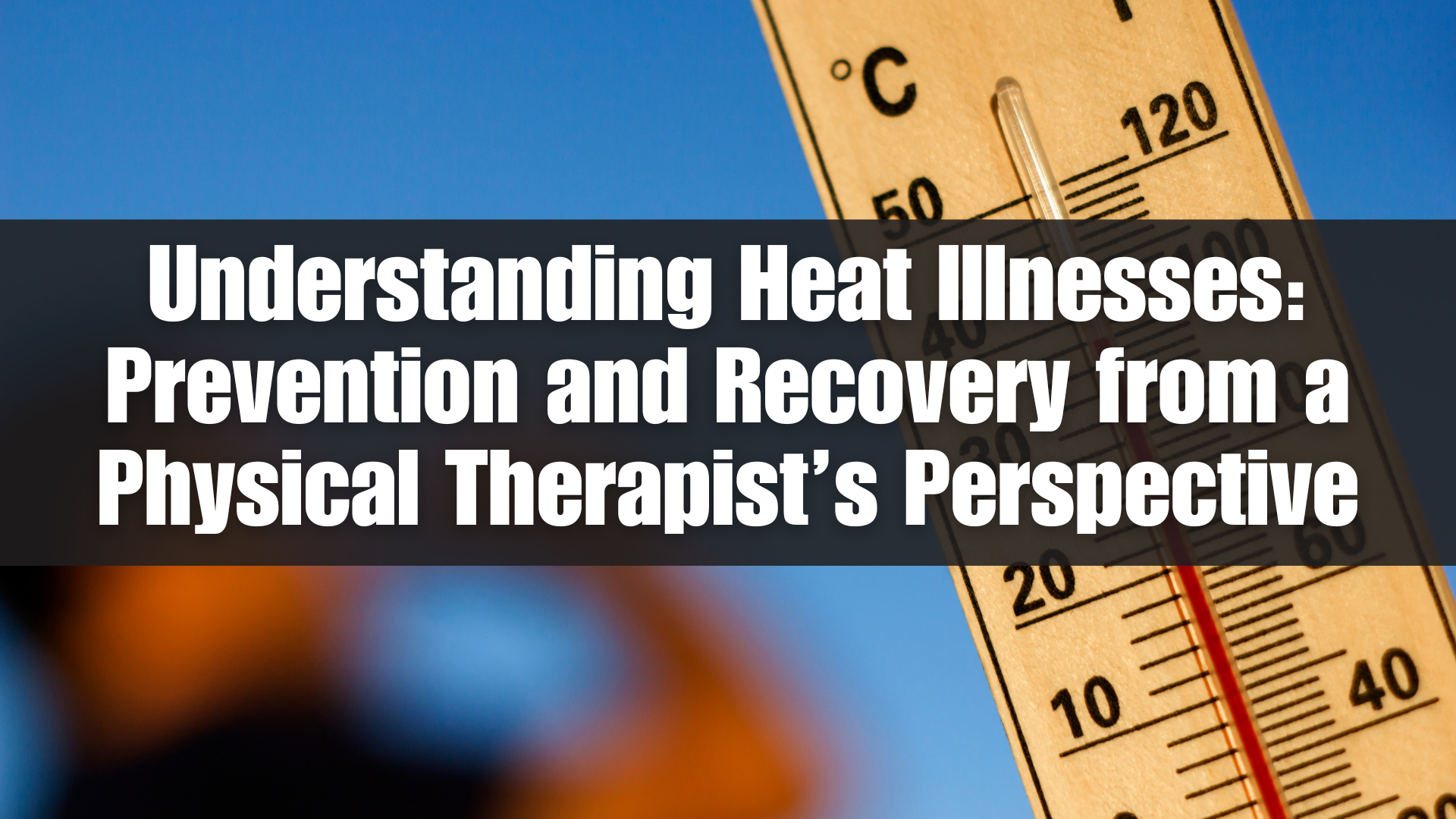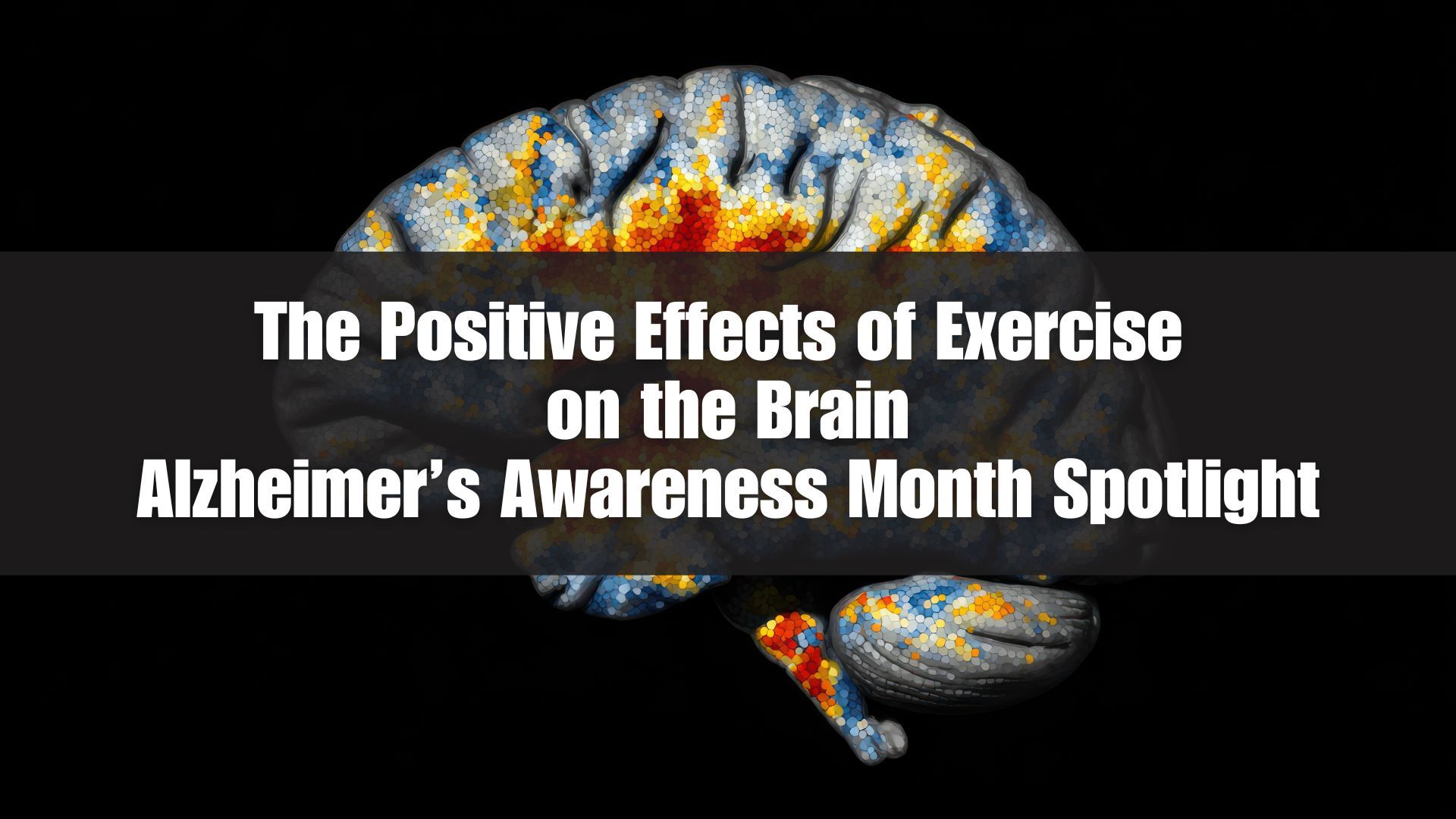Understanding Heat Illnesses: Prevention and Recovery from a Physical Therapist’s Perspective
How overland park physical therapists reduce heat illness with education, awareness, and correct protocols

As a physical therapist in Overland Park, my role often extends beyond injury rehabilitation to encompass prevention, education, and whole-body wellness. With temperatures rising across many regions—especially during summer months or in warm indoor training environments—it’s crucial to understand the risks of heat-related illnesses. Whether you’re an athlete, weekend warrior, or simply enjoy outdoor activity, recognizing the signs of heat stress and knowing how to act can be lifesaving.
What Are Heat Illnesses?
Heat illnesses occur when the body cannot adequately dissipate heat, leading to a dangerous rise in internal temperature. These conditions exist on a spectrum from mild to life-threatening:
- Heat cramps: Painful, involuntary muscle spasms typically caused by fluid and electrolyte imbalances.
- Heat exhaustion: A more serious condition marked by heavy sweating, dizziness, weakness, nausea, and a rapid pulse.
- Heat stroke: The most severe form of heat illness, defined by a core temperature above 104°F (40°C), altered mental status, and possible loss of consciousness. This is a medical emergency.
From a PT perspective, it’s important to recognize that heat-related illnesses can impair not only cardiovascular and neurological function but also delay recovery from musculoskeletal injuries and reduce exercise performance.
Why Are Heat Illnesses Common?
Heat illnesses don’t just occur because it’s hot—they occur when environmental stress overwhelms the body’s cooling mechanisms. Contributing factors include:
- High ambient temperatures and humidity
- Dehydration
- Inadequate acclimatization
- Overexertion
- Poor fitness or underlying health conditions
- Certain medications or supplements that affect thermoregulation
As Overland Park physical therapists, we often work with individuals who may be re-entering activity after injury, or who are managing chronic conditions. This makes them more vulnerable to heat stress and less able to compensate during environmental extremes.
Prevention Strategies: A PT's Approach
Preventing heat illness is a shared responsibility between the individual, their coaches or trainers, and healthcare providers. Here’s how we guide our clients to stay safe:
1. Hydration First
Dehydration impairs the body's ability to regulate temperature. Encourage:
- Drinking water regularly before, during, and after exercise.
- Electrolyte-rich fluids during prolonged activity or heavy sweating.
- Monitoring urine color as a simple hydration indicator (light yellow is ideal).
2. Gradual Acclimatization
Introduce outdoor activity or high-heat environments gradually. The body typically takes 7–14 days to adapt to heat. Start with lighter intensity and shorter duration, then slowly increase workload.
3. Appropriate Clothing
Light-colored, breathable, moisture-wicking fabrics help the body stay cool. Avoid heavy, dark, or non-breathable materials that trap heat.
4. Schedule Intelligently
Exercise during the coolest parts of the day—early morning or late evening. Avoid training between 10 a.m. and 4 p.m. when the sun’s intensity peaks.
5. Environmental Awareness
Educate clients about the heat index (which factors in humidity) and how it can raise the “feels like” temperature, placing them at greater risk even if the air temperature seems manageable.
6. Monitor for Warning Signs
Teach clients to recognize early symptoms of heat illness:
- Excessive sweating or lack thereof
- Dizziness, headache, fatigue
- Confusion or coordination issues
- Muscle cramps
These are all reasons to stop activity immediately and begin cooling and hydration.
Overcoming Heat Illness: Immediate Action and Recovery
If someone is experiencing heat-related symptoms, fast and effective intervention is key:
For Heat Cramps:
- Move to a cool, shaded area.
- Gently stretch and massage the affected muscles.
- Rehydrate with fluids containing sodium.
For Heat Exhaustion:
- Lie down in a shaded or air-conditioned space.
- Remove excess clothing.
- Use cold compresses or fans to lower body temperature.
- Hydrate with cool water or electrolyte drinks.
For Heat Stroke:
- This is a
911 emergency.
- Rapidly cool the body using ice packs (especially at the neck, armpits, and groin), immersion in cool water, or cold, wet towels.
- Avoid giving fluids if the person is unconscious or confused.
Long-Term Recovery and PT Implications
After a heat illness, recovery involves more than just feeling better. Clients may experience fatigue, impaired thermoregulation, or muscle weakness for days or weeks after. As physical therapists in Overland Park, we:
- Modify training plans to reintroduce intensity gradually.
- Emphasize
rest, hydration, and nutrition.
- Use modalities like
infrared sauna therapy or contrast baths (once cleared) to help regulate internal temperature and circulation.
- Monitor for delayed symptoms or complications, especially in older adults or those with chronic conditions.
Heat illnesses are entirely preventable with education, awareness, and the right protocols. As Overland Park physical therapists, we have a unique platform to bridge movement science with environmental and physiological safety. By empowering our clients with knowledge and strategies, we help ensure their fitness journey continues—strong, safe, and heat-resilient.
Whether you’re returning to outdoor sports, working in a hot environment, or just enjoying summer movement, take your body’s signals seriously. Prevention is always easier than recovery.





